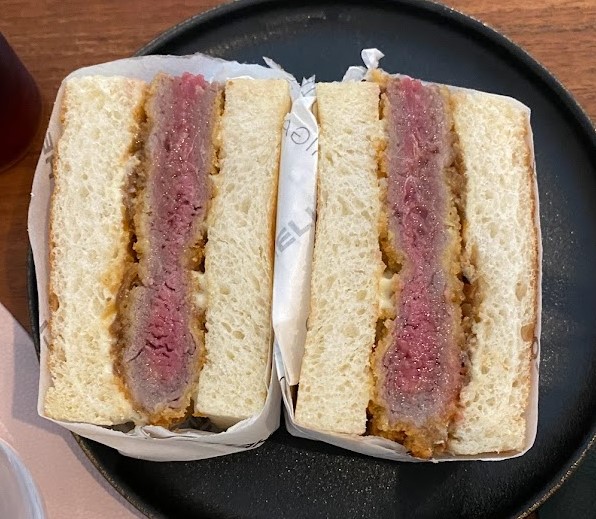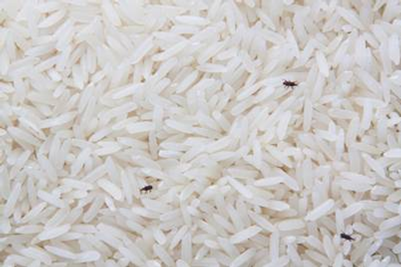What is E.coli O157:H7?
E. coli O157:H7 is a type of Shiga toxin-producing E. coli (STEC) that can produce toxins that damage the intestines. This leads to symptoms such as severe diarrhea and vomiting. In some cases, particularly in vulnerable people like young children, the elderly and the immunocompromised, the infection can result in kidney failure and death.
How does Meat Become Contaminated with E.coli O157:H7?
E. coli O157:H7 may be found in the intestines of healthy cattle and their faecal material. If the cattle is not slaughtered and dressed in a hygienic way, the meat could be cross contaminated by E.coli O157:H7. This is why cattle slaughterhouses take key steps to prevent contamination through:
Cleaning and removal of the hide of the cattle, which may be contaminated with faeces.
Careful removal (evisceration) of the internal digestive organs (green offals) like the intestines, ensuring that these do not break and spill its contents onto the meat. If there is any contamination of the meat by faecal material, workers must cut away the affected parts and sterilise the remaining areas.
However, if there are lapses in hygiene practices, the meat can easily become contaminated. Meat contaminated with E. coli O157:H7 does not smell bad and looks just like any other meat.
What Makes Minced Meat Riskier?
Usually, bacteria resides on the surface of the cut meat and is unable to penetrate meat that is intact. This is why it is usually safe to eat undercooked steaks, as these meat cuts have been cooked on the surface to kill any remaining bacteria. However, for minced meat, and any other meat that is non-intact, potentially dangerous bacteria like E. coli O157:H7 could have been mixed thoroughly and brought deep below the surface of the meat, where they are well-protected from heat.
For example, a contaminated burger patty that is undercooked can have E. coli O157:H7 in the pink undercooked centre, which can easily cause serious illness.
Besides minced meat products like burger patties, sausages, meat pies, the same principle also applies to all other non-intact meat products such as meat marinated through injections or tenderised with needles and blades. These products must all be cooked thoroughly all the way through.
How can we protect ourselves?
To reduce the risk of foodborne illnesses associated with minced meat, we recommend these food safety practices when handling and cooking it:
TOP TIP: Avoid eating raw or undercooked minced meat! If in doubt, cook it more. The same applies to other non-intact meat that has been injected with marinade or blade-tenderised.
Cook thoroughly: Cook minced meat to a temperature of at least 72°C, or when its colour is completely grey-brown to kill any harmful bacteria that may be present. Use a meat thermometer to ensure the meat is fully cooked.
Avoid high risk raw meat dishes like steak tartare and yukke, especially if you are from a vulnerable segment of the population e.g. young, immunocompromised, pregnant, or elderly.
Purchase from a reputable source: Buy your minced meat from SFA-approved businesses (supermarkets, importers, retailers).
Store properly: Store minced beef in the refrigerator at a temperature of below 4°C and use it within two days of purchase. If you do not plan to use it within that time frame, freeze it.
Handle with care: Always wash your hands before and after handling minced meat, and use separate utensils and cutting boards for raw and cooked meat to prevent cross-contamination.
About the Author
Herman Teo is a Senior Scientist from the Risk Assessment and Communications Department of the National Centre for Food Science. With a Masters in Food Science and Human Nutrition from the National University of Singapore, his recent work includes the regulatory framework for insects for food and feed, and examining emerging food processing risks.




